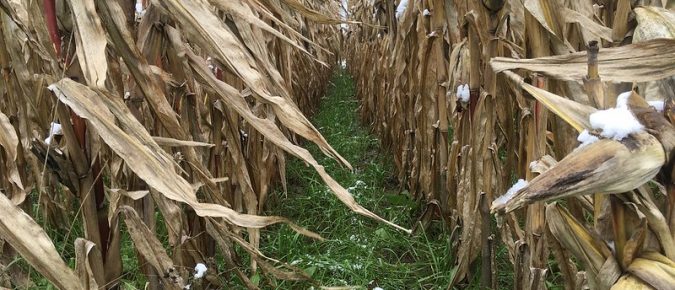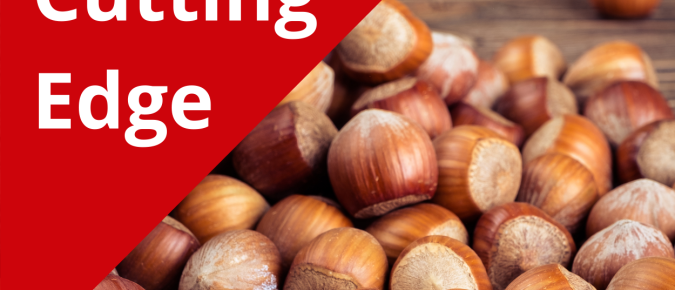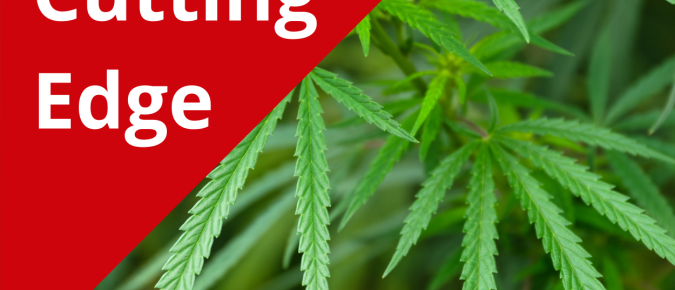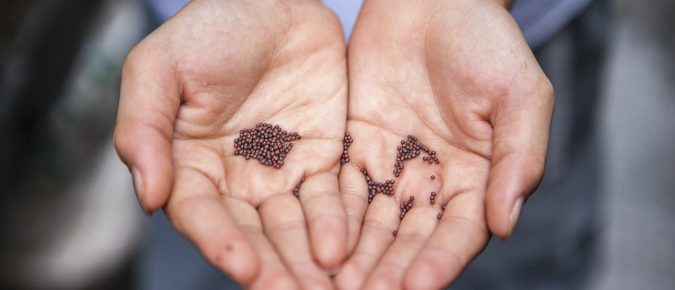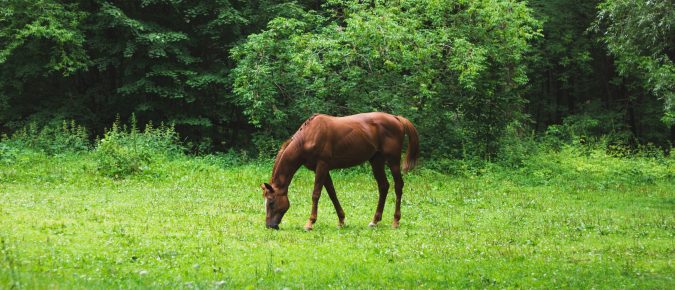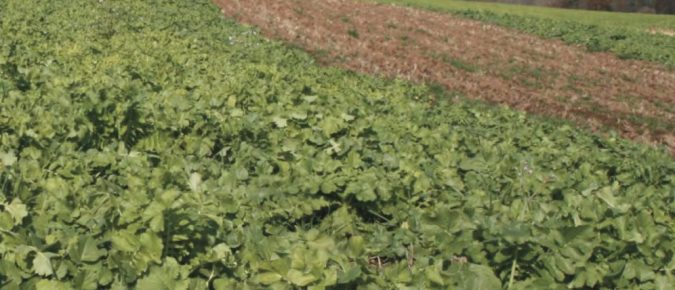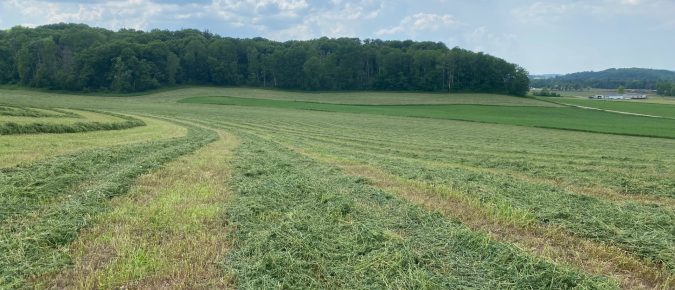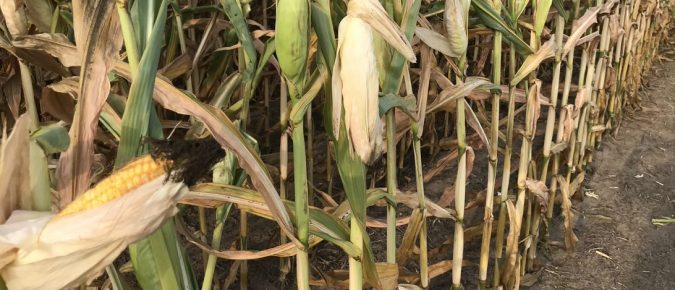Articles
Cover crop rooting characteristics
Cover crops are grown to protect the soil and store nutrients left behind by the cash crop. While above ground growth is important to protect soil from erosion due to rain drop splash, root growth below ground is important for improving soil characteristics in the root zone.
The Cutting Edge Podcast Episode 3: Hops
Hosts Carl Duley and George Koepp interview Peggy and Randy Urness of Fine Bine Farms. Peggy and Randy discuss how they grow, harvest, process, and sell hops in Wisconsin.
The Cutting Edge Podcast Episode 2: Hazelnuts
Hosts Jerry Clark and Ashley Olson discuss hazelnuts in the Upper Midwest with guests Jason Fischbach, UW-Extension Agriculture Agent, and Lois Braun, Research Scientist with University of Minnesota. Lois and Jason have coordinated the Upper Midwest Hazelnut Development Initiative since 2007.
The Cutting Edge Podcast Episode 1: Industrial Hemp
Hosts Jerry Clark and Carl Duley discuss industrial hemp with guest Dr. Heather Darby, Extension Agronomy Specialist with the University of Vermont.
Pure live seed
We have paid little attention to Pure Live Seed (PLS) in the Midwest because we have generally had high quality seed (greater than 90% germ and 98% purity). But the short forage seed supply has caused some low quality seed to come on the market. To avoid being caught paying market price for low quality […]
Moldy Hay for Horses
When haymaking conditions are poor hay may be rained on or left lying in the field for prolonged time periods due to cool and humid conditions which reduced drying rates. The long drying periods with high humidity allow field growth of mold on the hay.
Does Oilseed Radish Provide Nitrogen Credits?
There has been considerable interest in growing oilseed radish as a cover crop in Wisconsin due to claimed benefits such as alleviating soil compaction and scavenging excess plant nutrients.
Late summer cutting management of alfalfa
Difficult alfalfa harvesting conditions sometimes result in farmers being off schedule for late summer harvesting alfalfa. This raises the question of best cutting management of alfalfa harvest as the end of summer approaches. If we want good winter survival and rapid greenup for good yield next year, alfalfa must either: This has resulted in the […]
Corn plant density for maximum grain and silage production
The plant density that maximizes corn grain and silage yield has been increasing through time. The economic optimum plant density is a function of corn yield and quality responses, seed cost, and grain or silage price. The economic plant density is lower than the plant density that maximizes yield.
2019 Wisconsin Cover Crops Conference Keynote
https://youtu.be/auNX–rgz9I

